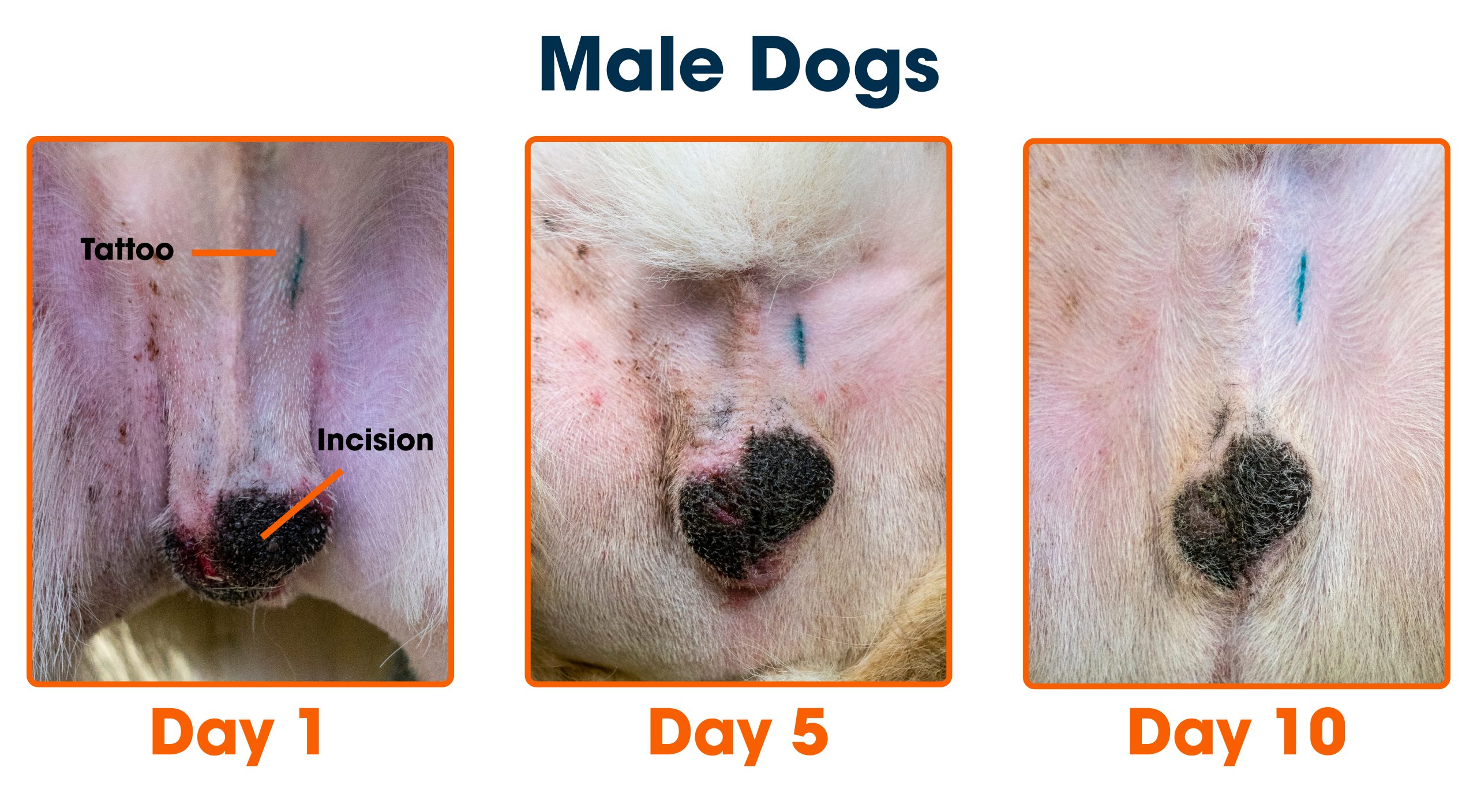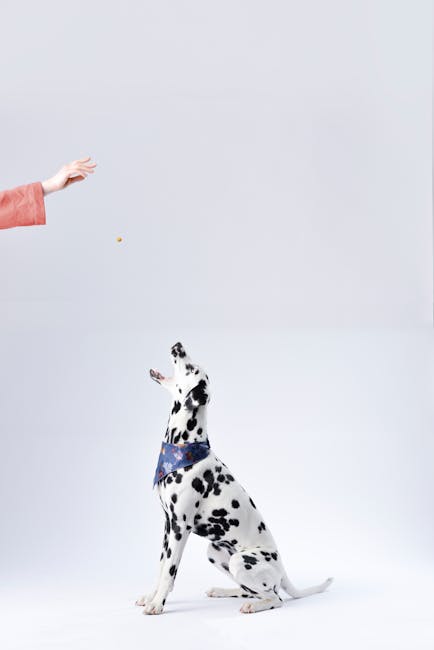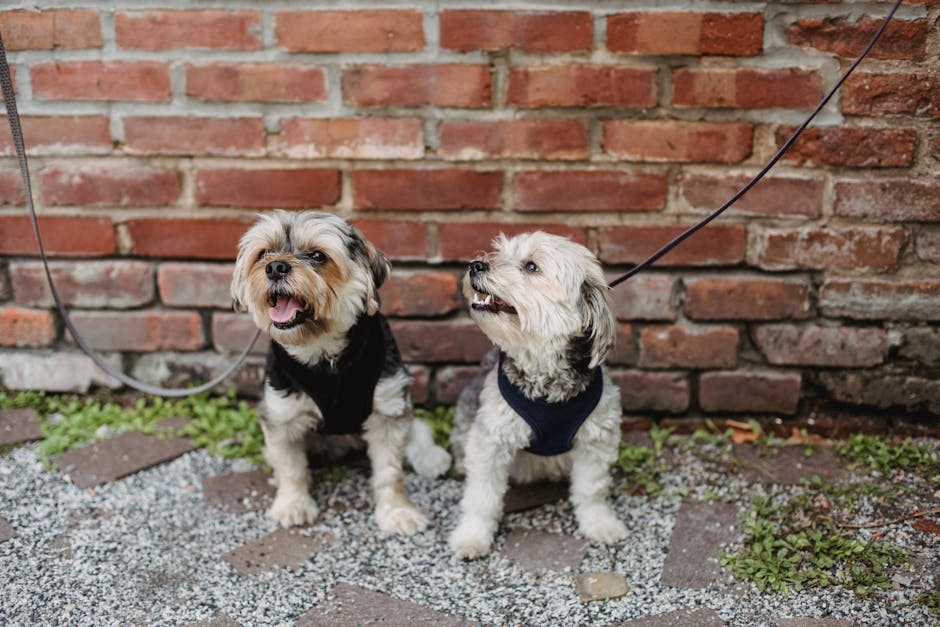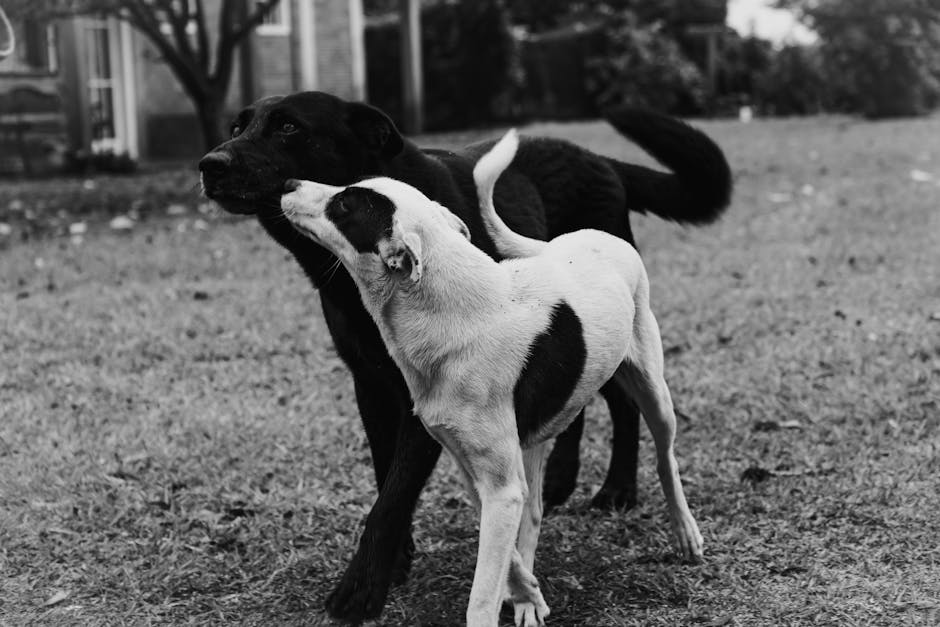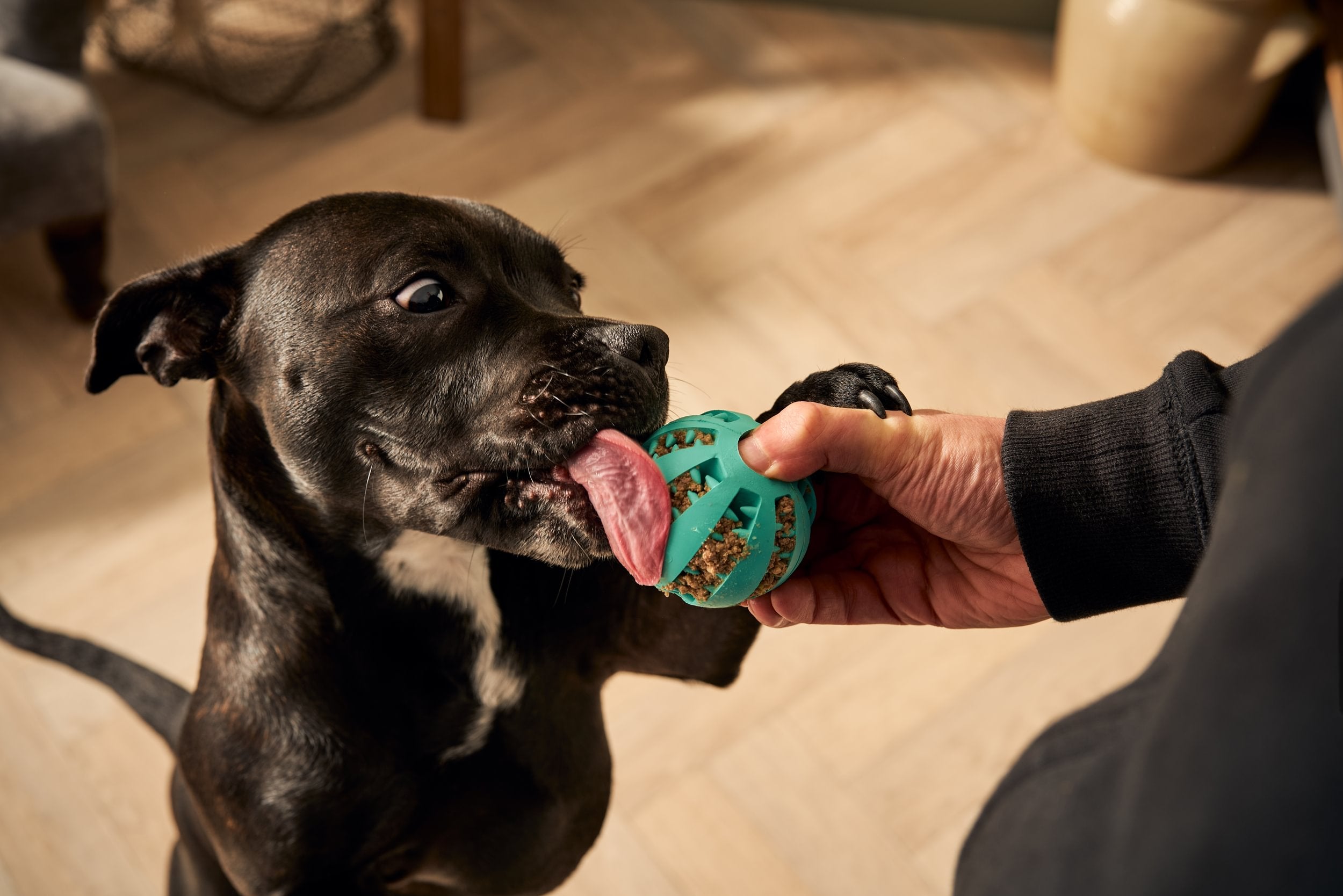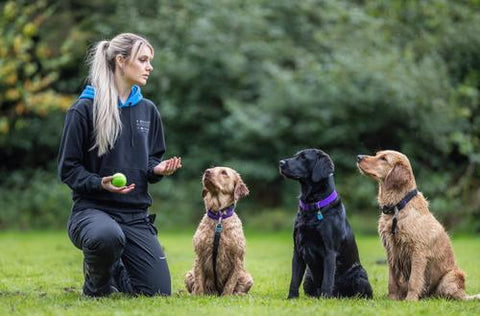Are you struggling to get your dog to listen to you? You’re not alone.
Finding the best dog obedience training can make all the difference in turning your furry friend into a well-behaved companion. Imagine having a dog that follows your commands, behaves calmly around others, and brings joy instead of frustration. You’ll discover the most effective training methods that work for dogs of all ages and breeds.
Keep reading to unlock the secrets to a happier, more obedient dog—and a stronger bond between you two.
Positive Reinforcement
Positive reinforcement stands out as one of the most effective ways to teach your dog obedience. It focuses on encouraging good behavior by rewarding your dog immediately after they perform a desired action. This approach builds trust and motivation, making training enjoyable for both you and your furry friend.
Reward-based Techniques
Reward-based training uses treats, praise, or toys to reinforce behaviors you want your dog to repeat. Timing is key—giving the reward right after the behavior helps your dog connect the two. For example, if your dog sits on command, immediately offer a small treat or enthusiastic praise to reinforce the action.
Besides treats, some dogs respond well to playtime or their favorite toy as a reward. You can mix rewards to keep your dog interested and eager to learn. Have you noticed how your dog’s tail starts wagging when they expect a reward? That excitement is a powerful motivator you can use.
Benefits Of Positive Reinforcement
Positive reinforcement creates a strong bond between you and your dog. It encourages your dog to think for themselves and make good choices, rather than just obeying out of fear. This method also reduces stress and anxiety during training sessions.
Another benefit is that positive reinforcement helps your dog learn faster. Dogs tend to repeat behaviors that bring them joy. When training is fun, your dog is more likely to stay engaged and continue improving.
Have you ever wondered why some dogs seem eager to learn while others resist? Positive reinforcement could be the difference. It turns training into a game your dog wants to play.
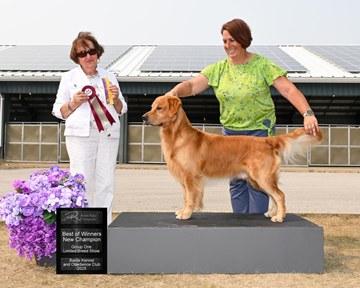
Credit: elitedogs.azurewebsites.net
Clicker Training
Clicker training is a popular and effective dog obedience training method. It uses a small device that makes a clicking sound. This sound marks the exact moment your dog performs a desired behavior. The clicker helps dogs understand what action earns them a reward. This technique builds clear communication between you and your dog.
How Clicker Training Works
Clicker training begins by teaching your dog to associate the click sound with a treat. Every time your dog hears the click, it expects a reward. This makes the click a clear signal for good behavior.
When your dog performs the right action, you press the clicker immediately. Then, you give a treat to reinforce the behavior. Repeating this process helps your dog learn commands faster.
The clicker marks the exact moment of success. This helps your dog understand which action earned the reward. It reduces confusion and speeds up learning.
Advantages Of Clicker Training
- Clear communication between owner and dog
- Fast and effective learning
- Positive and reward-based method
- Helps build strong bond with your dog
- Works well for all dog breeds and ages
- Encourages good behavior without punishment
Relationship-based Training
Relationship-based training focuses on building a strong connection between you and your dog. It goes beyond commands and rewards. This training style encourages understanding your dog’s feelings and needs. It creates a positive learning environment where trust grows naturally. The approach helps dogs feel safe and eager to learn. It suits dogs of all ages and breeds.
Building Trust And Communication
Trust is the foundation of good training. Dogs learn best when they trust their owner. Use calm tones and gentle touch to communicate. Watch your dog’s body language for clues. Respond to their signals with patience and care. Consistent routines help dogs feel secure. Clear signals avoid confusion and build confidence. This open communication makes lessons more effective and enjoyable.
Strengthening The Human-dog Bond
The bond between you and your dog grows stronger with this training. Spend quality time playing and practicing skills together. Praise good behavior with kind words and treats. Avoid harsh punishments that break trust. Celebrate small successes to keep motivation high. A strong bond means your dog listens not out of fear, but love. This connection creates lifelong companionship and happier training sessions.
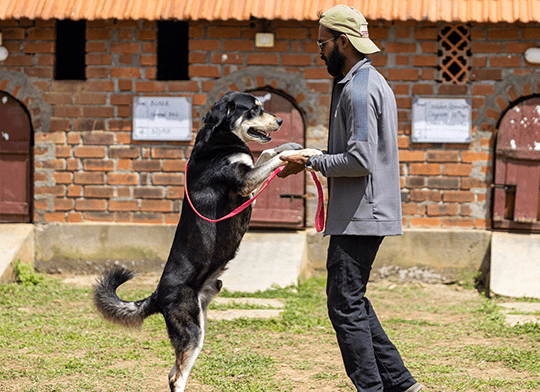
Credit: therpup.com
Behavioral Training
Behavioral training is the heart of effective dog obedience. It shapes how your dog acts and reacts daily. This training helps dogs learn good habits and reduce unwanted behaviors. It builds a strong bond based on trust and respect. Behavioral training is clear, consistent, and kind.
Addressing Problem Behaviors
Problem behaviors like barking, chewing, or jumping can cause stress. Identifying the cause is the first step. Dogs act out for many reasons: fear, boredom, or lack of exercise. Training focuses on teaching better choices and rewarding calm actions. Use gentle corrections and praise to guide your dog. Avoid harsh punishments as they can increase fear and aggression.
Consistency matters. Everyone in the family should follow the same rules. This helps your dog understand what is expected. Patience is key. Changing behavior takes time and effort.
Implementing Consistent Commands
Consistent commands make training clearer for your dog. Use simple words like “sit,” “stay,” or “come.” Say commands in the same tone every time. Avoid changing words or signals as this confuses dogs.
Pair commands with gestures or hand signals. Dogs understand body language well. Always reward your dog immediately after following a command. Rewards can be treats, toys, or praise.
Keep training sessions short and frequent. This helps your dog focus and learn faster. Consistency builds good habits that last a lifetime.
Obedience Classes
Obedience classes provide a structured way to teach dogs basic commands and good behavior. These classes help dogs learn how to listen and follow instructions in different environments. Training in a class setting also allows dogs to socialize with others and get used to distractions. It builds confidence for both the dog and the owner. Consistency and repetition in classes improve a dog’s ability to obey commands long term.
Group Class Benefits
Group classes offer many advantages for dogs and owners. Dogs learn to focus despite distractions from other dogs and people. Social skills improve as dogs meet and interact safely. Owners share experiences and tips with others in the class. Group settings motivate dogs through positive competition and encouragement. Cost is usually lower compared to private lessons. Classes provide a routine that helps dogs progress steadily. Trainers can watch many dogs and spot common issues quickly.
Choosing The Right Class
Selecting the best obedience class depends on your dog’s age, size, and temperament. Puppy classes help young dogs with basic commands and social skills. Adult dog classes focus on manners and specific behavior problems. Look for a trainer who uses gentle, reward-based methods. Check class size to ensure your dog gets enough attention. Location and schedule should fit your routine for regular attendance. Read reviews or ask for recommendations from other dog owners. A good class boosts your dog’s learning and your confidence as an owner.
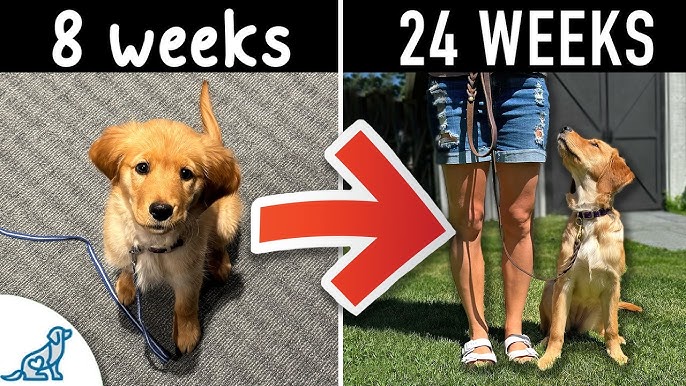
Credit: m.youtube.com
Home Training Strategies
Training your dog at home can be a rewarding experience that strengthens your bond and builds trust. It allows you to tailor the lessons to your dog’s personality and pace. The key to success lies in consistent, well-structured strategies that fit naturally into your daily life.
Creating A Routine
Dogs thrive on predictability. Setting a daily training schedule helps your dog know what to expect and when to focus.
Choose specific times that work for both of you, like after morning walks or before dinner. Keep sessions short but frequent, around 5 to 10 minutes each, to keep your dog engaged without overwhelming them.
What small adjustments can you make in your day to create a steady training rhythm? Even simple rituals, such as starting with a greeting or a command warm-up, can signal to your dog that it’s time to learn.
Incorporating Daily Practice
Training doesn’t have to be isolated to formal sessions. You can add practice moments throughout your day to reinforce commands and good behavior.
Try asking for a “sit” or “stay” before feeding, going out the door, or playing. These quick checks make training part of real-life situations, helping your dog understand the value of obedience beyond the training spot.
Remember, consistency beats duration. Even a few seconds of focused practice multiple times a day beats one long, tiring session. How often can you find natural chances to remind your dog of their lessons?
Common Mistakes To Avoid
Training your dog takes patience and consistency, but even the best intentions can lead to common pitfalls. Avoiding these mistakes will help you build a stronger bond and see better results faster. Let’s look at some frequent errors that might be holding your training back.
Inconsistent Training
Consistency is the backbone of effective dog obedience training. If you give a command one day and ignore it the next, your dog will get confused and unsure about what you expect. Imagine asking your dog to sit and rewarding it sometimes but not others—how do you think your dog will respond?
Make sure everyone in your household uses the same commands and rewards the same behaviors. Set regular training sessions, even if they’re short. This steady routine helps your dog understand and remember what’s expected.
Overusing Negative Reinforcement
Using punishment or harsh corrections too often can damage your dog’s trust and motivation. Dogs learn best when they feel safe and encouraged, not scared or stressed. Have you noticed your dog shutting down or avoiding you during training? It might be a sign you’re relying too much on negative reinforcement.
Focus more on rewarding good behavior with treats, praise, or play. This positive approach encourages your dog to repeat the behaviors you want to see. Remember, the goal is to teach, not to intimidate.
Evaluating Progress
Evaluating progress is a key part of dog obedience training. It helps you see what’s working and what needs improvement. Without tracking progress, you might miss small wins or overlook areas where your dog struggles.
Tracking Improvements
Keep a simple journal or use an app to note your dog’s responses during each training session. Record specific behaviors, like how quickly your dog sits on command or follows a recall call.
Look for patterns over time. Are your dog’s responses becoming faster and more consistent? Celebrate these wins, no matter how small. They show your training is on the right track.
Think about your dog’s mood too. Is your dog more confident or less anxious during training? These emotional changes indicate deeper progress beyond just obedience.
Adjusting Techniques
If progress stalls, it’s time to change your approach. Maybe your dog isn’t responding well to treats, or the timing of your commands is off.
Try different rewards, like praise or play, to see what motivates your dog most. You might also shorten training sessions if your dog seems bored or distracted.
Remember, each dog learns differently. Ask yourself: Are you matching your training style to your dog’s personality? Adapting your methods keeps training effective and enjoyable.
Frequently Asked Questions
What Is The Best Age To Start Dog Obedience Training?
The ideal age to start training is between 7 to 12 weeks. Early training helps build good habits and social skills. Puppies learn faster and adapt better at this age, ensuring long-term obedience and better behavior.
How Long Does Effective Dog Obedience Training Take?
Training duration varies by dog and method used. Basic obedience usually takes 4 to 6 weeks. Consistency, patience, and daily practice speed up progress. Advanced skills may require months depending on the dog’s learning pace.
Which Obedience Training Method Works Best For Dogs?
Positive reinforcement is the most effective and humane method. It uses treats, praise, and rewards to encourage good behavior. This method builds trust and motivates dogs to learn willingly. Avoid harsh punishment for better results.
Can All Dog Breeds Learn Obedience Training?
Yes, all dog breeds can learn obedience training. Some breeds may learn faster due to intelligence or temperament. Tailoring techniques to breed and individual needs improves training success. Patience and consistency are key for all breeds.
Conclusion
Choosing the best dog obedience training helps build trust and good behavior. Training takes time and patience, but results are worth it. Consistency matters most in teaching your dog new skills. Simple methods often work better than complex ones. Remember, every dog learns at its own pace.
Enjoy the process and celebrate small wins together. Good training strengthens your bond and keeps your dog happy. Start with clear goals and stay positive throughout. This way, your dog grows into a well-behaved companion.

